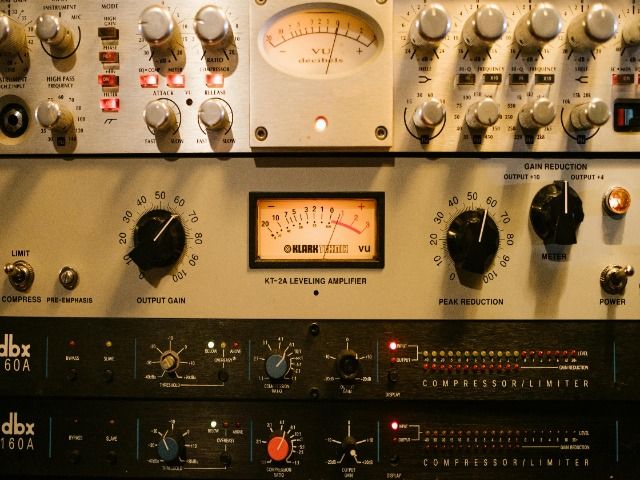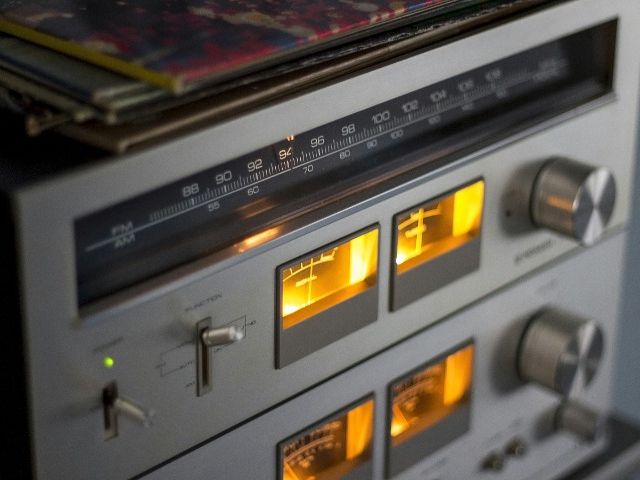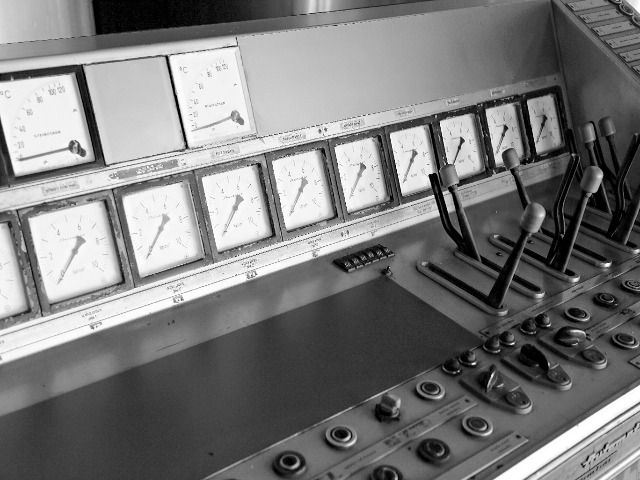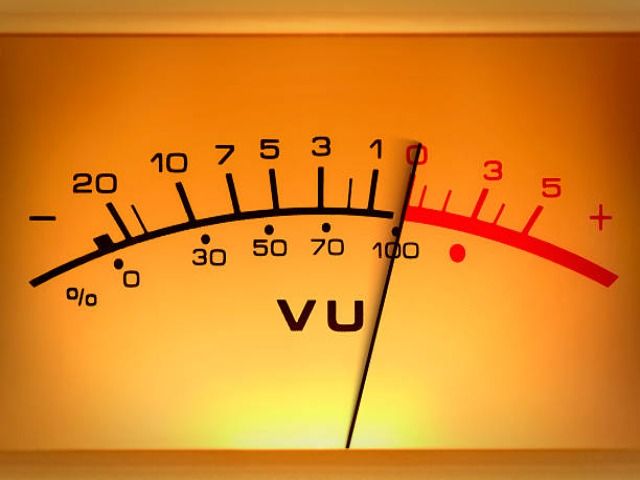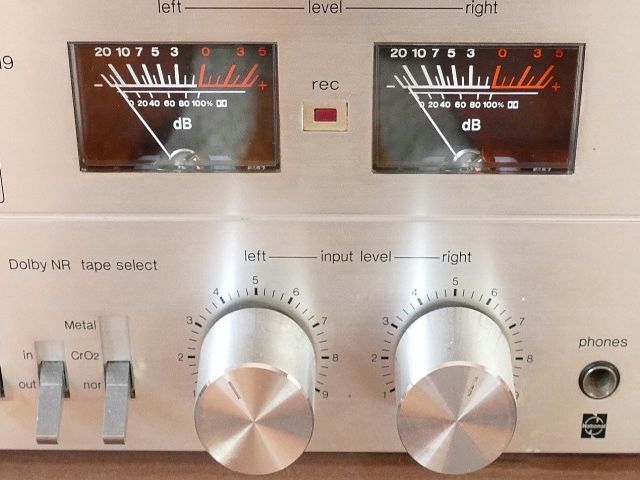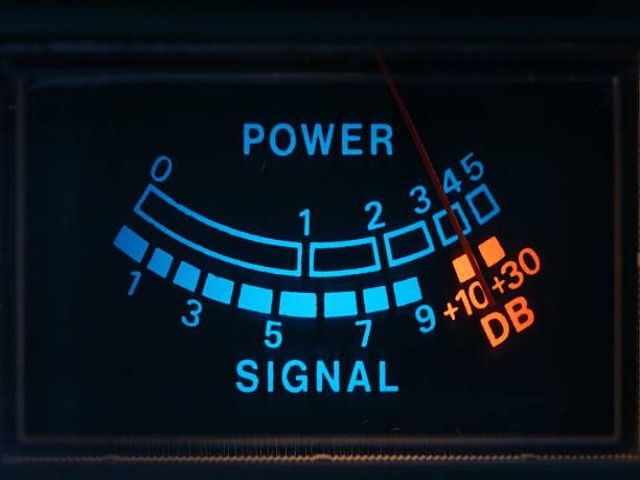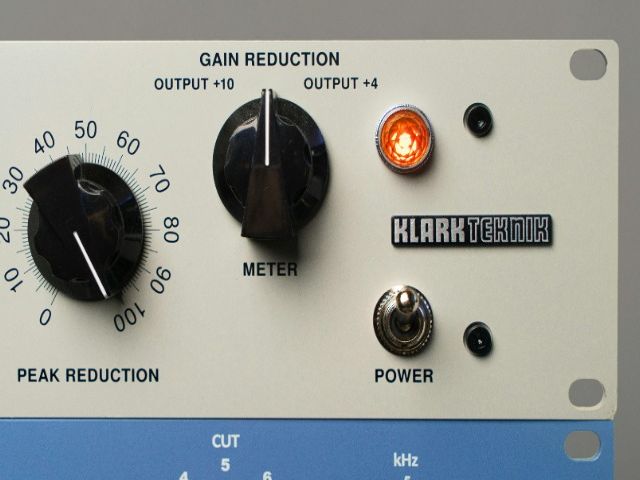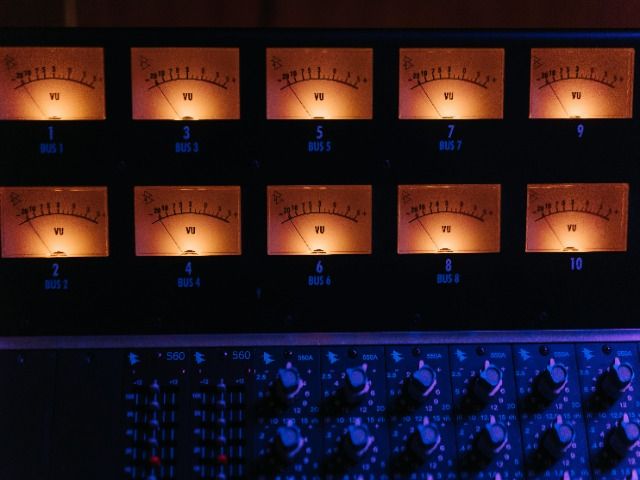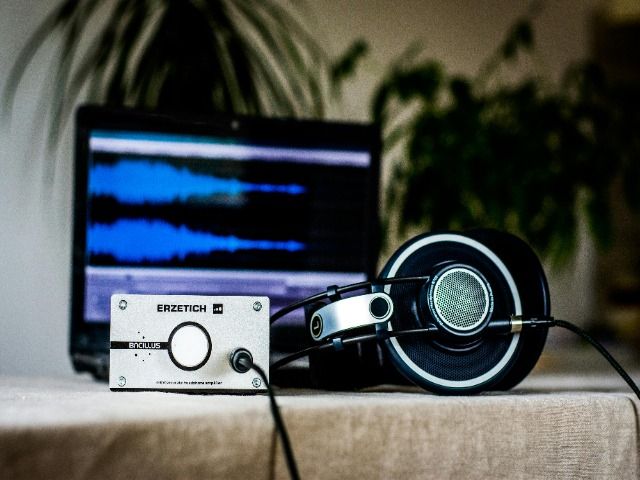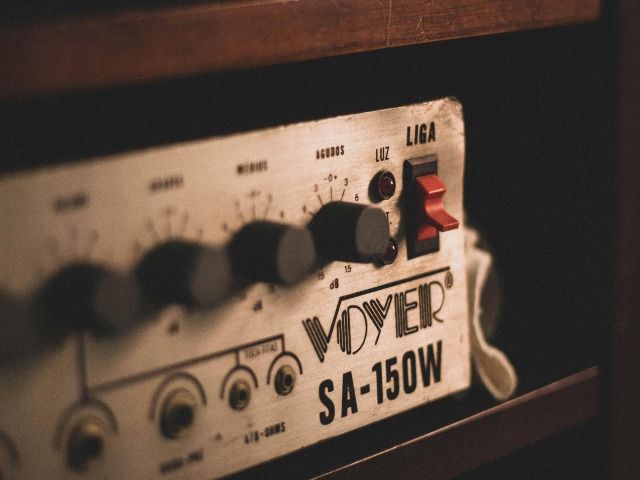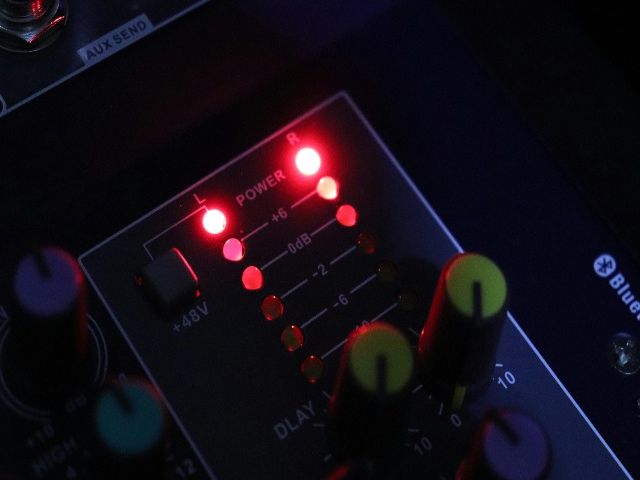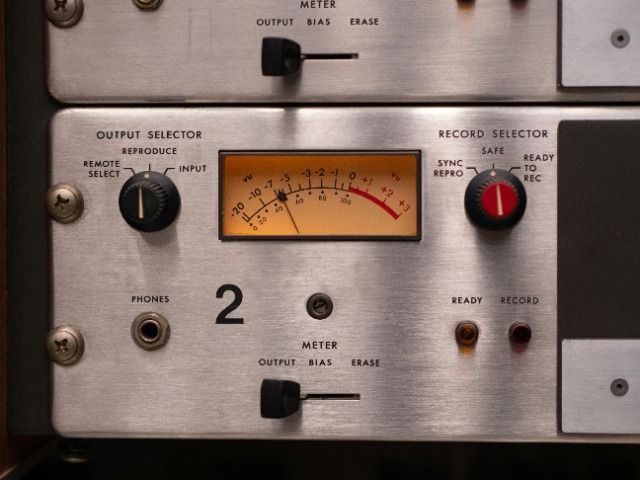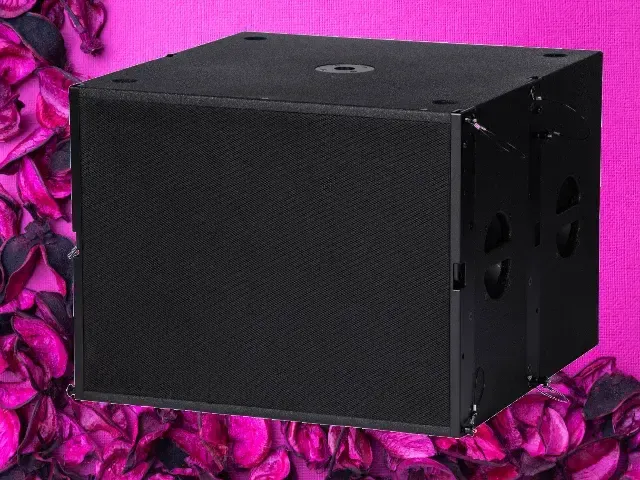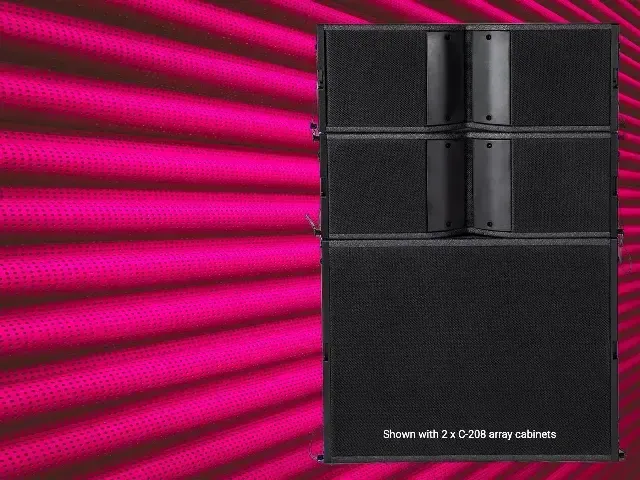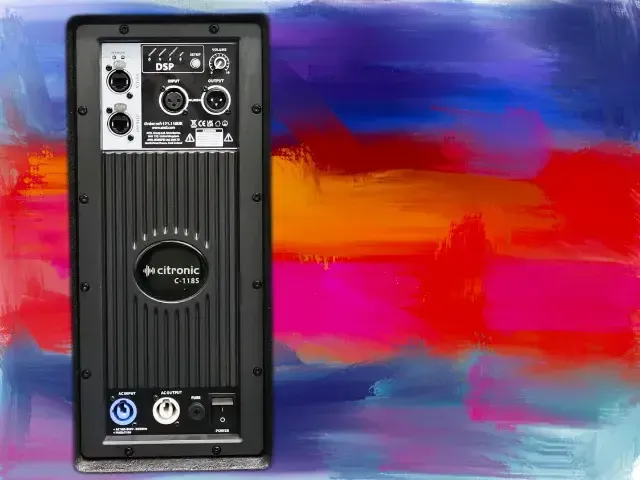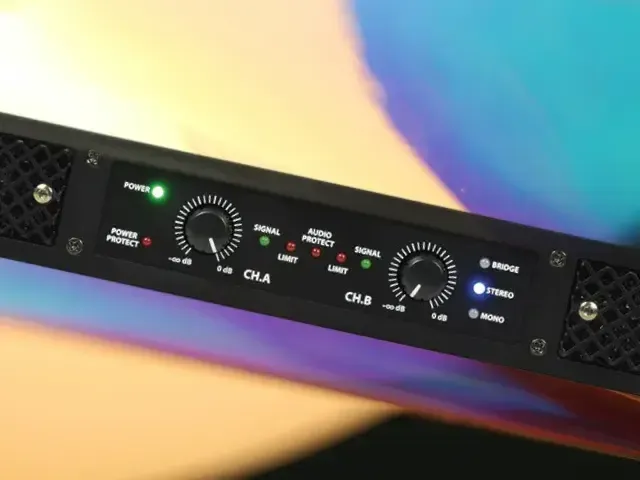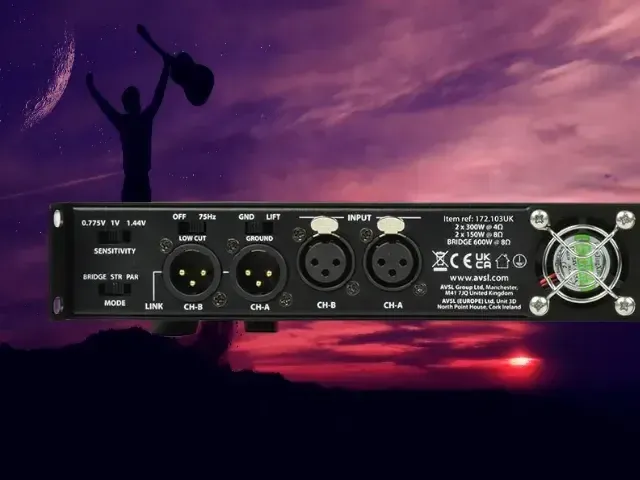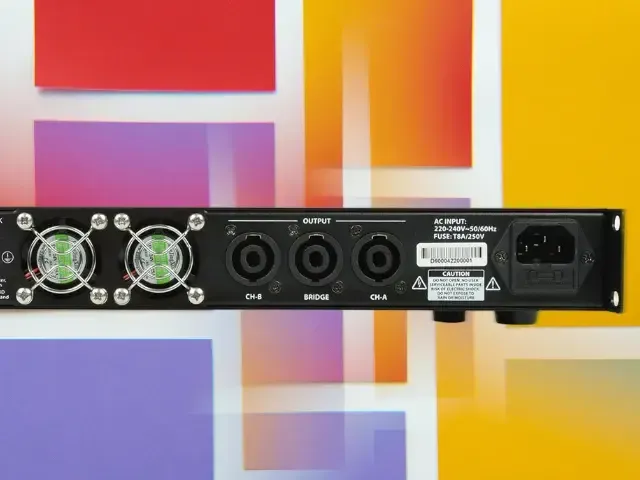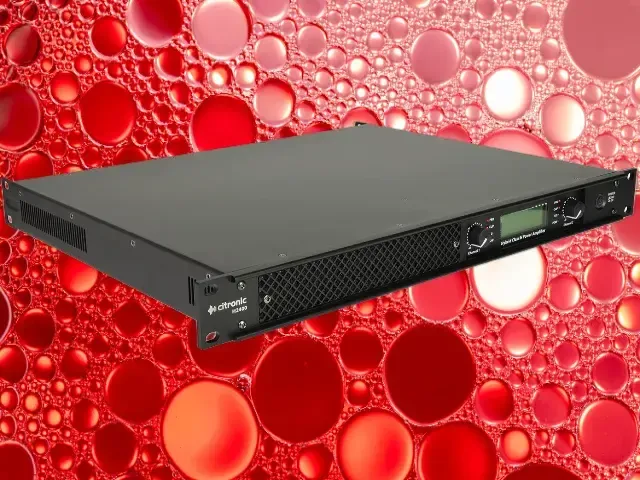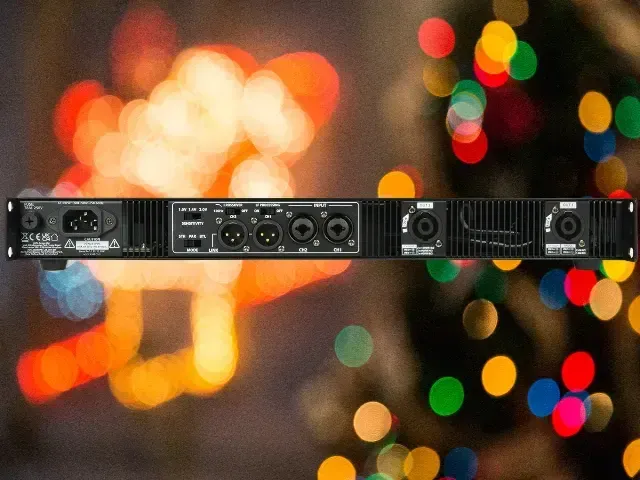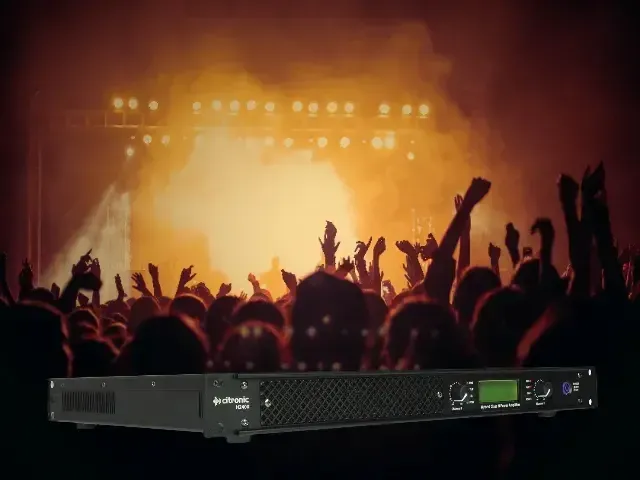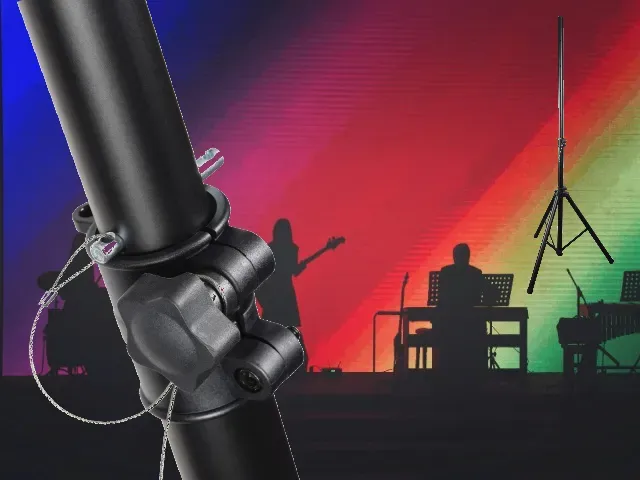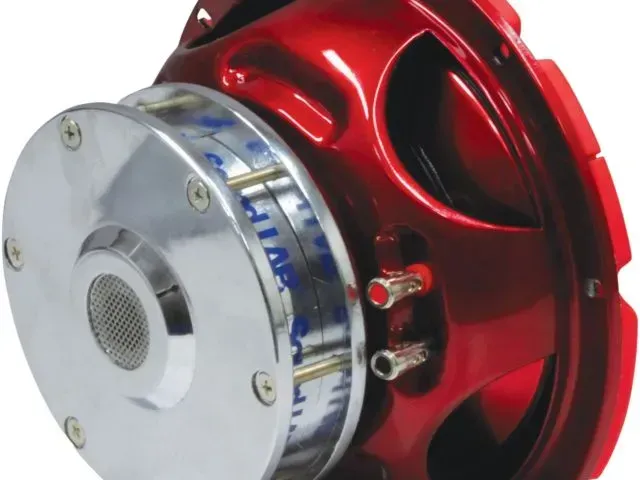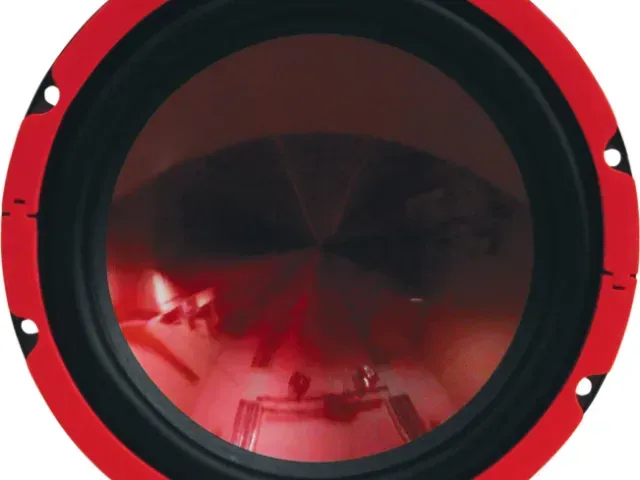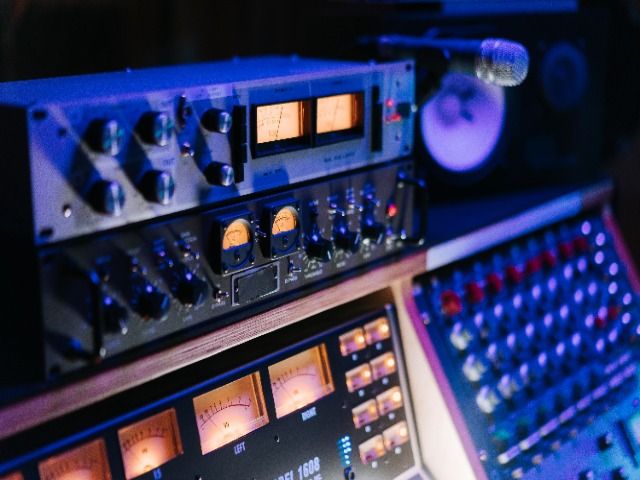
Confused about RMS and peak watts?
Learn the difference between these two crucial power measurements and how they impact your audio equipment's performance. Get the facts and optimise your sound system today and unlock the secrets of RMS and peak watts!
Discover how these two wattage measurements affect your amplifier's power output and sound quality. Read our expert guide to make informed decisions for your audio setup.
What’s the Difference Between RMS and Peak Watts?
RMS (Root Mean Square) Watts measures the continuous average power output of an amplifier or speaker, considering both positive and negative voltage swings. It provides a consistent and reliable indication of power that can be delivered over time. This measure is crucial for determining compatibility between amplifiers and speakers.
Peak Watts represents the maximum instantaneous power output of an amplifier or speaker, considering only the highest voltage swing. It provides a temporary measure of power that does not necessarily reflect sustained output. Peak power is commonly used for marketing purposes to highlight potential performance but can be misleading.
Peak Watts to RMS: A Simple Guide:
When working with amplifiers and audio speakers, we need to understand two important terms: Peak Watts and RMS (Root Mean Square) Watts. Peak Watts is the highest power that a amp or speaker can handle, while RMS Watts is the average (continuous) power it uses.
How to Calculate RMS Watts from Peak Watts:
1. Take the Peak Watt value: This is the highest power your device can handle.
2. Divide by 1.414 (or √2): This is a special number that helps us convert Peak Watts to RMS Watts.
3. Get your RMS Watt value: The result of the division is your RMS Watt value, which is the average power your device uses.
Example:
Peak Watts: 1000 W
Divide by 1.414: 1000 W ÷ 1.414 = 707 W
RMS Watts: 707 W
That's it! Now you know how to easily calculate RMS Watts from Peak Watts.
The correct setup combination:
Are you using the right wattage for your audio equipment? Learn the difference between RMS and peak watts and how to choose the perfect amplifier for your speakers. Read our comprehensive guide now and optimise your sound system...
The key difference between RMS and Peak power lies in the measurement: RMS measures average power, while Peak measures instantaneous power. RMS provides a consistent measure of power, whereas Peak power can vary significantly. For reliable determination of compatibility and long-term performance, RMS power is more dependable.
Typically, amplifiers should have higher RMS wattage than speakers to ensure compatibility and prevent damage. RMS wattage for amplifiers indicates the continuous power they can deliver, while for speakers, it indicates the power they can handle without damage.
As a general principle, RMS power is essential for assessing compatibility and sustainable performance, while Peak power can serve as an additional indicator but should be treated with caution.
Why it matters:
Understanding the difference between RMS and peak watts is important when choosing an amplifier or speaker, as it can affect the overall sound quality and reliability of the system.
Using an amplifier or speaker that is not capable of handling the continuous power demands of your music can lead to distortion, overheating, or even damage to the equipment.
Knowing the RMS wattage of an amplifier or speaker can help you make informed decisions about the power requirements of your system and ensure that you're getting the best possible sound quality.
In conclusion:
Now that you've got a clear understanding of the difference between RMS and Peak Watts, you're equipped to make informed decisions when selecting the perfect amplifier or speaker for your audio needs. Remember, RMS Watts represent the continuous power output, while Peak Watts represent the maximum power output in short bursts.
By considering these crucial specifications, you'll be able to ensure that your audio equipment is capable of delivering high-quality sound without overheating or damaging your gear.
Visit our website at https://www.yowcha.co.uk/product-reviews.html to learn more about audio equipment and accessories that will help you achieve exceptional sound quality.
Specifications
-
RMS value represents the continuous power handling of a speaker or amplifier
-
RMS value more accurately reflects the power a device
-
RMS rating is typically lower than peak power rating
-
Example: A speaker with an RMS power rating of 100W can handle 100W of continuous power
-
Peak Power: Maximum power output in short bursts (e.g. during loud music peaks)
-
Represents the highest power a device can handle for a brief period
-
Often higher than RMS power rating to account for sudden power surges
-
Not a reliable indicator of a device's continuous power handling
-
Example: A speaker with a peak power rating of 200W can handle brief power surges up to 200W, but may not be able to sustain that power level continuously.
-
In summary, RMS Watts represent the average or continuous power handling of a device
-
Whilst Peak Watts represent the maximum power handling in short bursts, such as drum beats.


